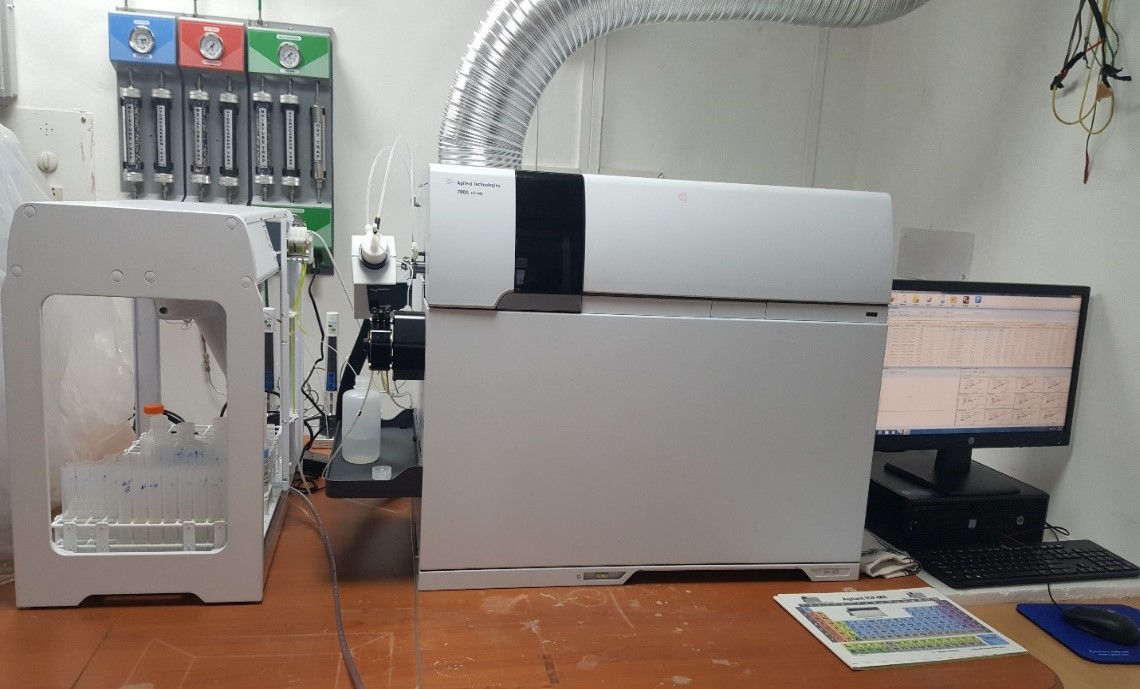
| |
| Instrument Details | |
| |
| Working Principles | |
| |
| Applications | |
It is used mainly for quantitative analysis of elements at trace level. Following elements can be analysed:
| |
| Procedure Name | |
| |
| User Instructions | |
| |
| Contact Us | |
| |
| Charges | |
Inductively Coupled Plasma Mass Spectrometer (ICP-MS)
Inductively Coupled Plasma Mass Spectrometer (ICP-MS)
Click on links below to see details of the facilities like Charges, Instrument Details, Working Principles, Applications, Procedure Name, User Instructions, Contact etc.

